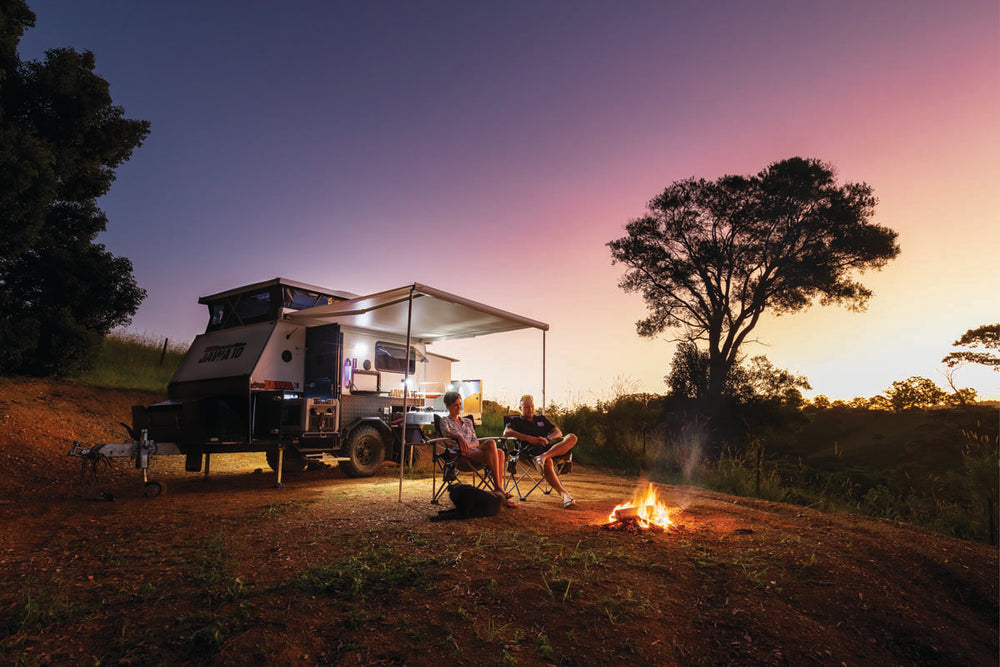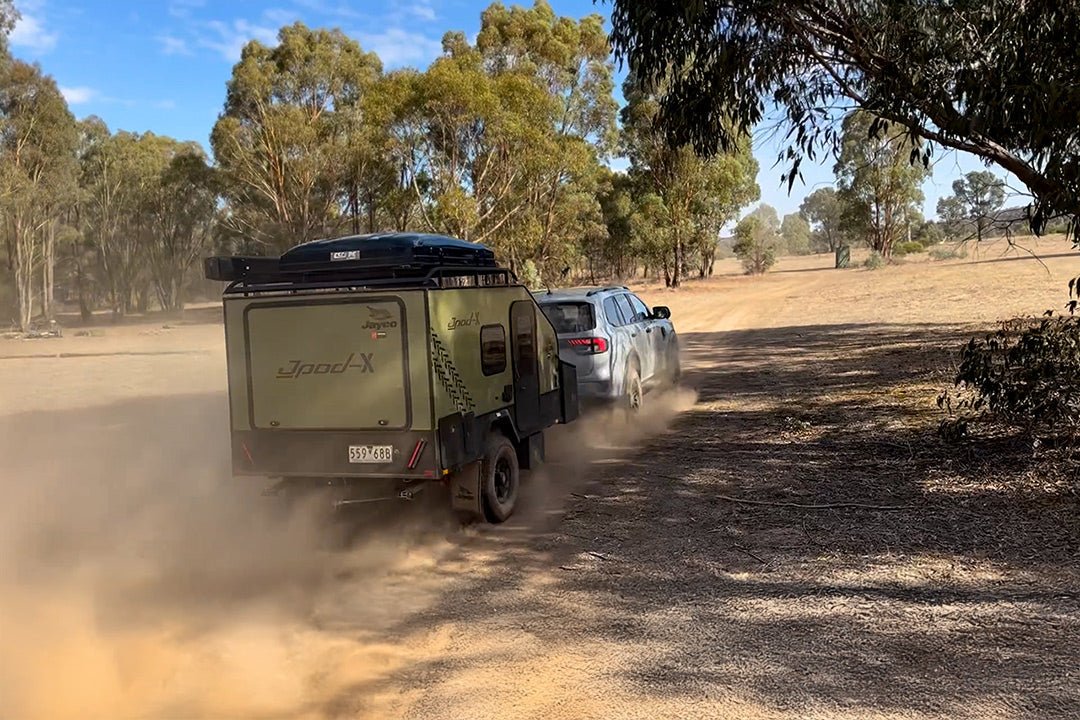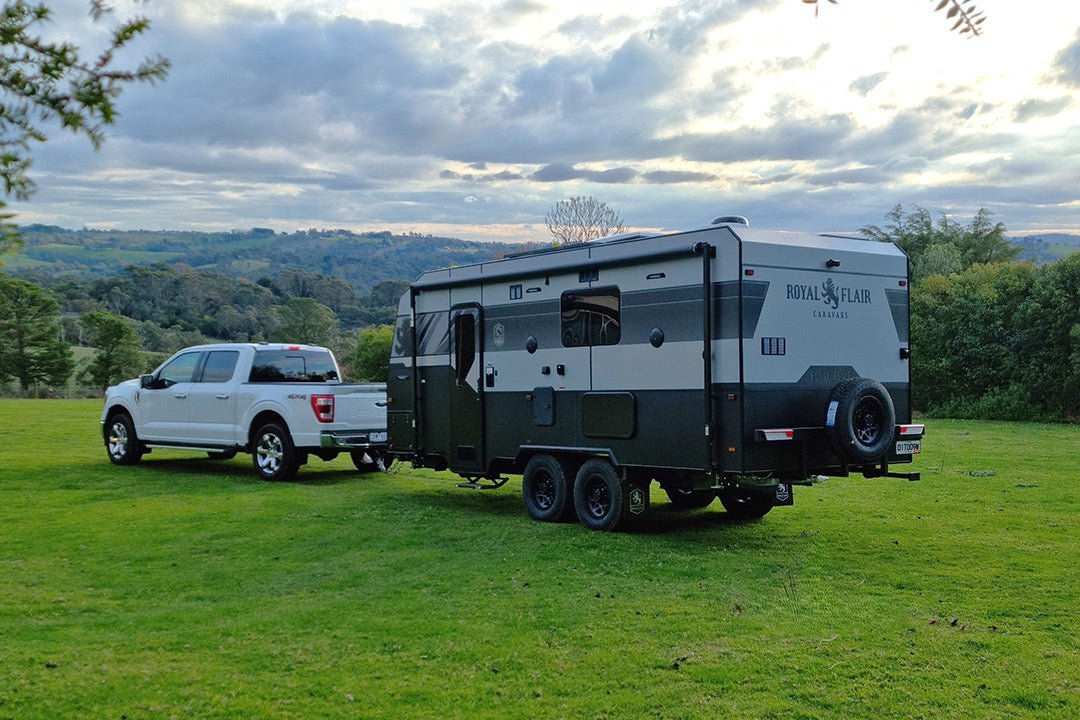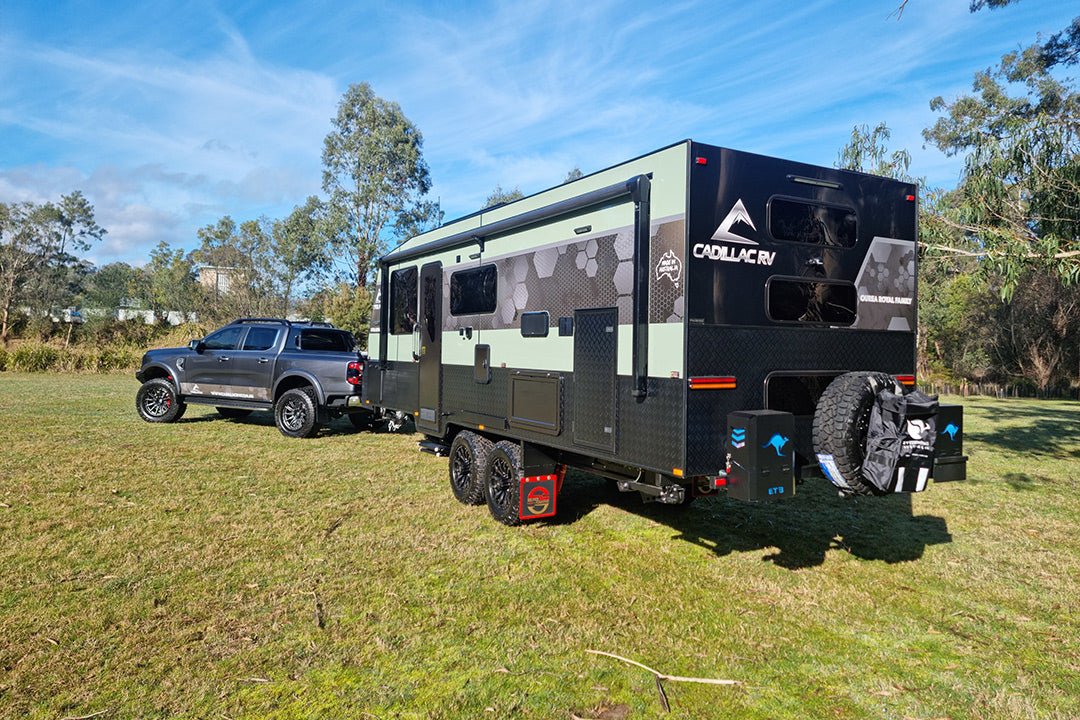Planning your fly-drive holiday
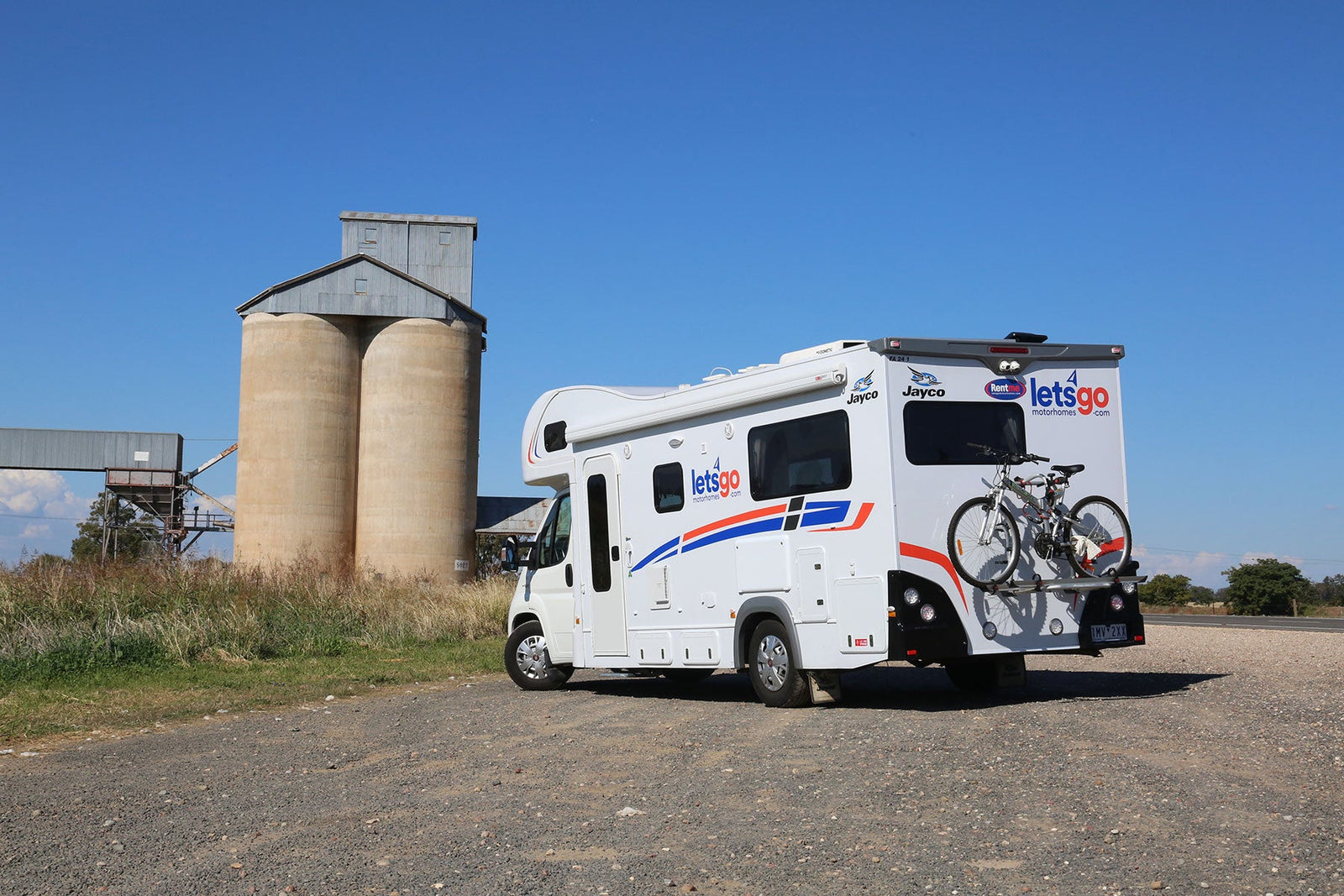
Fly-drive holidays are an excellent way for time-poor travellers to explore distant parts of Australia and countries worldwide. Here are a few things to consider before departing.
Thousands of caravan and motorhome owners in Australia are undoubtedly familiar with the necessary preparation before any long or short trip. There is quite a long list, of course, but for most, it’s just par for the course.
For those who don’t own a recreational vehicle or like to travel overseas, then a fly-drive option, that is, fly to a destination and hire a caravan or motorhome, is an excellent idea. While some of the preparation is similar, there are a few differences.
Planning
The first consideration for any trip planning is the proposed route and destinations. Followed closely by the time of year, which applies to domestic and international travel. The peak times may be best from a weather/what’s open point of view but best avoided if overcrowding and peak time expenses are undesirable features.
Following on from the destination next up is choosing a Recreational Vehicle. For the most part, domestic and international RV hire is similar but there are some differences. Although caravans (travel trailers in the USA/Canada), fifth-wheelers and motorhomes are all available for rental, motorhomes are most prolific for several reasons. Caravans and fifth-wheelers both require a tow vehicle, which can be a problem on a fly-drive holiday. Some car rental companies will rent out tow vehicles — in the ‘mine spec’ category — and getting a tow vehicle from the likes of Camplify or a North American equivalent like RV Share or RVezy is possible.
Traditional motorhome hire companies such as Maui, Britz, Let’s Go and Cruisin’, for example, operate in countries like Australia, New Zealand, North America, Britain and Europe. Alternatives to that are platforms such as Camplify, which act as private owner agents, like Airbnb for accommodation. There are advantages and disadvantages to each and to a great extent, it does depend on personal requirements and availability.
As might be expected there are some differences in RVs available in the various continents. Australian motorhomes tend to be very homegrown and of a size we are used to. Not surprisingly, North American RVs are considerably bigger (but so are the roads) and RVs of European origin are generally smaller. New Zealand (one of Australia’s favourite destinations) has a mixture of rental companies with motorhomes similar to Australia and some from Germany and Italy (Wilderness, McRent and Walkabout).
Most motorhome rental depots are located in capital cities or places such as Broome, Cairns and Alice Springs. If new to the RV world, it's a good idea to visit one local and get a good idea of what you might be booking. Generally speaking, most motorhome rental depots are close to major airports.

Don't underestimate your comfort levels. A two-berth campervan might look like a good bargain, but making the bed up every night after a long day on the road might be a chore too many. I know it costs more, but my travelling preferences are for something with a fixed double bed or single beds that don't have to be made up every night.
An alternative to booking your motorhome is to do an escorted motorhome tour. Companies like America Canada Motorhome Tours run Alaska, Canada and Route 66 tours or the aptly named European Motorhome Tours do the same around Europe. These are not particularly cheap but great for people who like a mainly organised tour but have freedom of travel most days.
Something to check out when booking anything is the cost of insurance excess. It can be quite expensive and add to the daily hire rate. In many cases, general travel insurance covers this and is often cheaper. Read the fine print.
In North America and most of Europe, all vehicles are left-hand drive. This is more manageable than it sounds but a good way to get acclimatised, so to speak, is to hire a left-hand drive car for a few days before your motorhome travels. It's also handy (within reason) if your passenger 'drives' with you for the first few days to minimise driver errors.
Book ahead

Booking ahead as far as possible is highly recommended because your desired choices may not be available during peak periods. There are other considerations and related items like air travel once your recreational vehicle booking is done.
A problem worldwide is that accommodation options like caravan parks are often booked out well ahead of time. Just one example happens in wintertime Australia. Places such as north-western Australia and Cairns are very popular for travellers of all kinds. Having a loose plan for travelling, just turning up to a caravan park at 4pm and trying to check in may be problematic. Booking ahead for popular places is essential. Those who enjoy freedom camping are relatively free of this issue but there are often locality restrictions. The WikiCamps app is undoubtedly useful to have on your phone.
Packing
When packing for an RV holiday, using soft travel bags where possible is a good idea. They are much easier to store away when not being used. One reason is that rental motorhomes have less storage capacity than their retail equivalents. Something that's fine when flying because airline baggage is limited too. Items such as clothing, which form the bulk of a traveller’s packing, are very much determined by the season. Lightweight layers work well in cooler months. Packing cubes are a very useful accessory on fly-drive trips. Primarily designed for air travel, these are handy in a rental RV, particularly those with high overhead lockers. Available in different sizes, they are great for packing in bags but equally great for effectively using premium storage space in a motorhome.

Something I have learned to carry when using rental motorhomes is a multi-outlet power board. Almost all the rental motorhomes I have come across need more power points or have them located in awkward to get at places.
If you are one of those people like me who couldn't travel without taking a few tools along, then taking the toolbox along isn't going to happen. However, a set of jeweller's screwdrivers is often handy, as is a Swiss Army knife and something like a Leatherman tool. They’re not too large or heavy — just don’t have them in your carry-on luggage on a plane!

Supplies
Immediately after collecting your rental RV, the first chore is often a visit to a supermarket. As a result of COVID, supermarkets have made this much more accessible via click-and-collect. Pre-ordering supplies and specifying a pickup date and time can be done easily. Just pick the nearest supermarket to the motorhome depot and place an order. It's a great time saver on the day.
When collecting food and drink supplies, a visit to a wine and beer emporium will likely be on the agenda. While there, if they are available, collect a few wine boxes. Placed on their sides, they make great temporary storage shelves in cupboards and under-bed areas that have plenty of air space but no way of using it effectively.
Fuel
As anyone who has travelled in Australia will know, there are many areas, particularly in the outback, where there’s a great deal of nothing. That includes places to refuel your RV. Fuel might be expensive at lonely roadhouses, but they are also your friend. Digressing slightly, if not buying fuel, it's a courtesy to buy a cup of coffee or ice cream if using the toilet facilities. If you are unfamiliar with your rental RV, spend the first few days monitoring the fuel consumption and checking what the fuel tank capacity is. On a recent trip to WA, a couple of places were just under a fuel tank (71 litres in our case) apart. A philosophy adopted by many travellers is to fill the tank when it gets below half.
Communication

Many RV owners are familiar with internet use devices like RV WiFi or the more sophisticated Starlink satellite connection. However, when renting, something more portable is required. The simplest is obviously hot-spotting off a mobile phone or having a SIM card in a tablet. Another option for multiple devices is portable wifi like a Netgear M2 Nighthawk. It depends on having a cell tower signal, but in my experience, it works well. Free wifi is readily available but because of security issues, I use it cautiously for general internet surfing and avoid doing anything involving banking or credit card matters.
In Australia there are several service providers, but Telstra and Optus have decent coverage in many country and outback areas. Internationally, it’s a bit more of a lottery, but buying a local SIM card is often possible when passing through your arrival airport.

RV motorhome pickup
Collecting any RV, however rented, can be time-consuming — much more than for something like a rental car. In recent years though, most rental companies seem to have fine tuned their methods and typically adjust things depending on the user’s experience.
There’s usually a pre-departure check-in just like a plane flight and apps to explain how everything in the motorhome works, from driving the cab to emptying the toilet cassette. Camplify has quite an extensive checklist that's important for a caravan or motorhome you are unfamiliar with.
Take your time with this process. If you need help understanding something, do ask. It will save stress later. Competent staff or careful owners will determine if you are familiar with rental motorhomes or motorhomes in general and will tailor the handover process to suit. Make sure you understand the insurance excess details and various waiver costs. It might look expensive, but the alternative might be even more costly.
Once that is all in hand, it’s time to head off on and enjoy the trip!

THE NEXT STEP
Are you ready to experience the freedom of the open road? Don't wait - Find your dream getaway now!
RELATED ARTICLES:
Back to caravan road safety basics with ken from Truck Friendly




